New findings in The American Journal of Pathology, published by Elsevier, report that a class of small RNAs (microRNAs), microRNA-29, can restore normal skin structure rather than producing a wound closure by a connective tissue (scar).
Tag: Wound Healing
Incheon National University scientists develop new hydrogels for wound management
By leveraging the power of oxygen, these gelatin patches can act as effective tissue adhesives that accelerate the healing of wounds
Looking sharp! Shark skin is unique and may have medical use, too
Sharks differ from other fish in many ways, including an apparently remarkable ability to heal from wounds, according to reports of sharks recovering from injuries sustained in the wild. While this healing ability has not yet been documented in controlled laboratory conditions, some of the chemical compounds found in shark skin may have significant biomedical potential.
NUS scientists develop innovative magnetic gel that heals diabetic wounds three times faster
A team of researchers from the National University of Singapore has engineered an innovative magnetic wound-healing gel that promises to heal diabetic wounds three times faster, reduce the rates of recurrence, and in turn, lower the incidents of limb amputations.
The innovative magnetic hydrogel, which contains skin cells for healing as well as magnetic particles, takes a comprehensive ‘all-in-one’ approach to wound healing, accelerating the process on several fronts. To maximise therapeutic results, a wireless external magnetic device is used to activate skin cells and accelerate the wound healing process. A patent has been filed for this innovation.
Enhanced wound healing and hemostasis with exosome-loaded gelatin sponges from human umbilical cord mesenchymal stem cells
BACKGROUNDRapid wound healing remains a pressing clinical challenge, necessitating studies to hasten this process. A promising approach involves the utilization of human umbilical cord mesenchymal stem cells (hUC-MSCs) derived exosomes. The
Historical medicine suggests a new way to use modern treatments
The mixture of honey and vinegar, also known as oxymel, has been used as a medical treatment throughout history and now scientists have established that this combination could have modern applications in the treatment of wounds. New research is the first comprehensive exploration of how the mixture could be applied to modern medicine and improve treatments for infections.
A New Frontier: Skin Cell Study Looks at Regenerative Medicine in Space
Human skin cells provided by Marjana Tomic-Canic, Ph.D., director of the Wound Healing and Regenerative Medicine Research Program at the University of Miami Miller School of Medicine, were launched to the International Space Station for advanced testing as part of a research voyage by CUTISS, a Swiss life sciences company.
‘Smart’ bandages monitor wounds and provide targeted treatment
Most of the time, when someone gets a cut, scrape, burn, or other wound, the body takes care of itself and heals on its own. But this is not always the case. Diabetes can interfere with the healing process and create wounds that will not go away and that could become infected and fester.
First transient electronic bandage speeds healing by 30%
Northwestern University researchers have developed a first-of-its-kind small, flexible, stretchable bandage that accelerates healing by delivering electrotherapy directly to the wound site.
Study: New customizable, strontium-filled scaffold could improve dental implant healing
A team of University at Buffalo researchers has developed a new strontium-loaded scaffold that can be personalized to fit any size dental implant and could help improve healing and tissue attachment in patients.
MIMEDX Joins the RegenMed Hub
MIMEDX is the latest addition to the RegeneratOR Innovation Accelerator, located in the Regenerative Medicine Hub (RegenMed Hub), a rapidly growing regenerative medicine ecosystem based in the Innovation Quarter of Winston-Salem.
Human Skin Can Be Damaged by Exposure to Thirdhand Smoke and Electronic Cigarette Spills
A University of California, Riverside, study has found that dermal exposure to nicotine concentrations found in thirdhand smoke, or THS, and electronic cigarette spills may damage the skin.
Blueberry Extract May Aid Wound Healing
Treating wounds with an extract taken from wild blueberries may improve healing, according to a new study. The research will be presented this week in Philadelphia at the American Physiological Society’s (APS) annual meeting at Experimental Biology 2022.
Advanced wound dressings to change how burns are treated in children
Burns are one of the most common injuries suffered by Australians and one of the top causes of death in children under four. While survival rates for burns patients have improved substantially, treating paediatric burns remains challenging, especially with the rise of multi-drug resistant bacteria.
UCI researchers reveal critical role of mechanosensor in skin wound healing
PIEZO1, an ion channel mechanosensor found within cells, has been revealed to play a key role in regulating the speed of skin wound healing by researchers at the University of California, Irvine (UCI).
‘Smart bandage’ may help solve a major problem when treating chronic wounds
How can doctors make sure a dressed wound is healing without taking off the bandage? This is a conundrum, because removing a bandage can disrupt the healing process.
Oxygen-delivering hydrogel accelerates diabetic wound healing
About one-fourth of people with diabetes develop painful foot ulcers, which are slow to heal due to low oxygen in the wound from impaired blood vessels and increased inflammation.
Study: Light therapy helps burn injuries heal faster by triggering growth protein
The research found that photobiomodulation – a form of low-dose light therapy – sped up recovery from burns and reduced inflammation in mice by activating endogenous TGF‐beta 1, a protein that controls cell growth and division.
Tissue Repair, Mitochondrial Function and Wound Healing Explored in 2021 APS President’s Symposium
Top researchers in physiology will present a three-part series exploring cellular regulation of mitochondrial function, tissue repair and wound healing. The APS President’s Symposium Series will be part of the APS annual meeting at Experimental Biology 2021, which will be held on a virtual platform April 27–30.
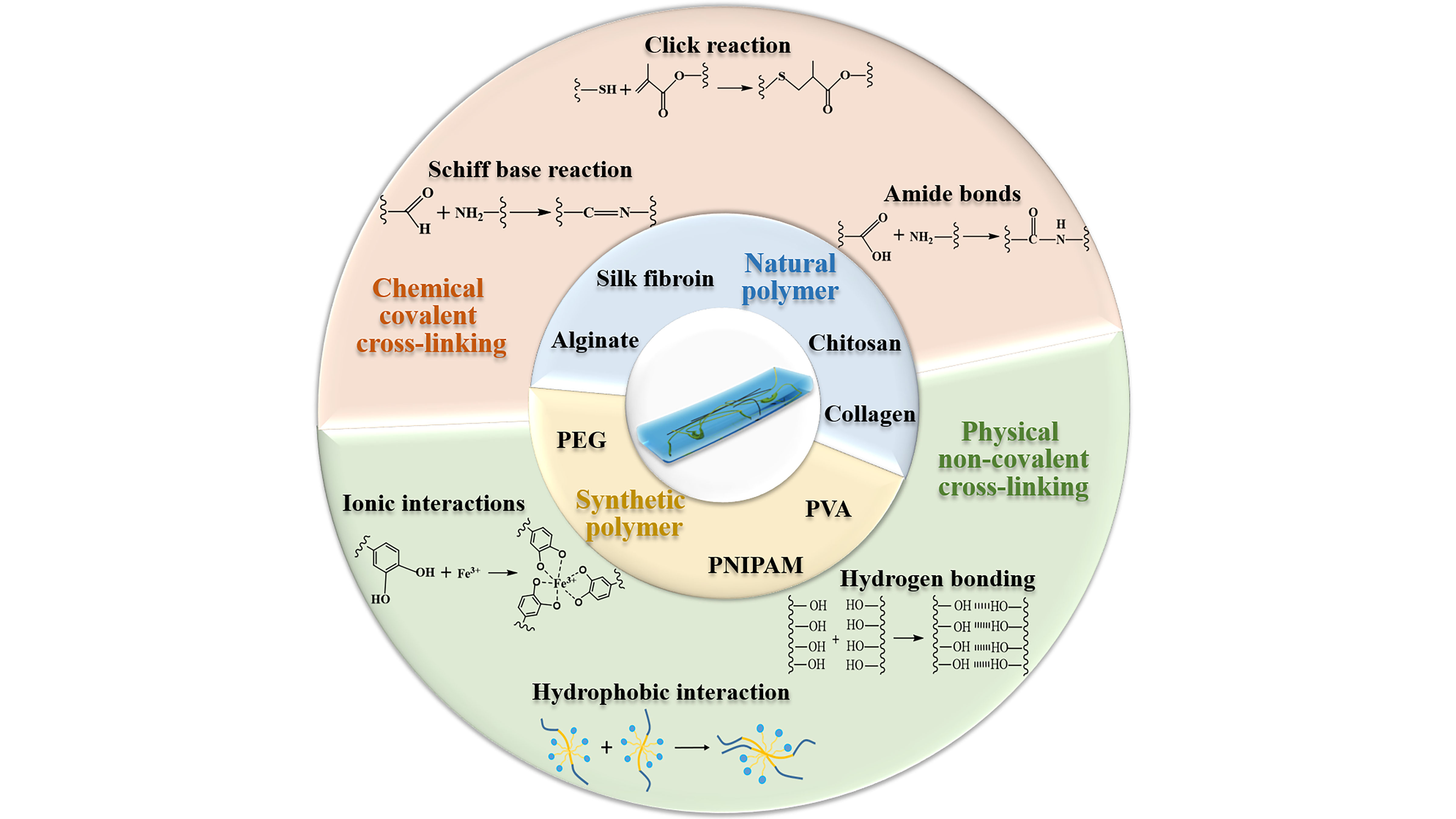
Hydrogel Promotes Wound Healing Better Than Traditional Bandages, Gauzes
For explosion wounds as well as some incurred in disasters and accidents, severe hemorrhage is a leading cause of death. Hydrogel dressings, which have advanced in recent years, may help; they are good at promoting wound healing and can better meet the demands of different situations. Many are antibacterial, biodegradable, responsive, and injectable and can fill irregularly shaped wounds. In APL Bioengineering, researchers in China examine some of the recent advances.

New Insights into Wound Healing Process
Biomedical engineers developed a technique to observe wound healing in real time, discovering a central role for cells known as fibroblasts. The work, reported in APL Bioengineering, is the first demonstration of a wound closure model within human vascularized tissue in a petri dish.
A New Approach to Understanding the Biology of Wound Healing
Researchers use discarded wound dressings as a novel and non-invasive way to study the mechanisms that promote healing.
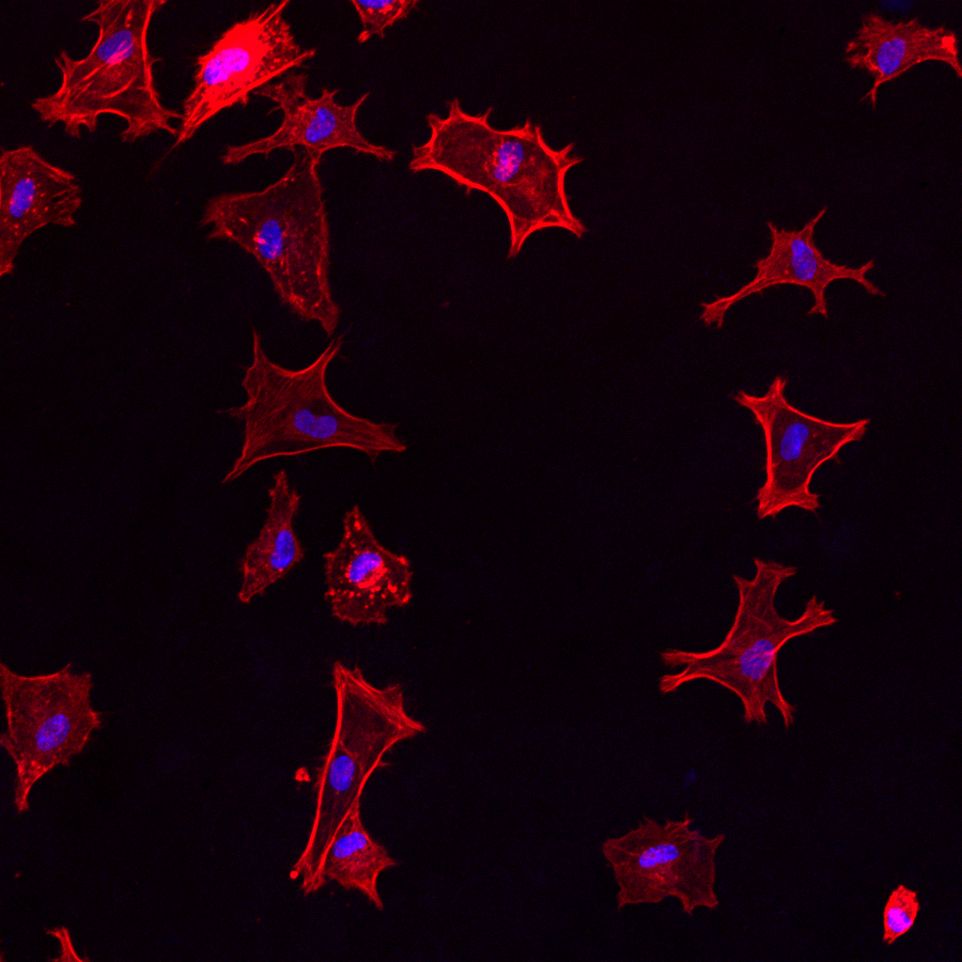
A wound dressing that kills bacteria
In order to combat bacterial wound infections, Empa researchers have developed cellulose membranes equipped with antimicrobial peptides. Initial results show: The skin-friendly membranes made of plant-based materials kill bacteria very efficiently.
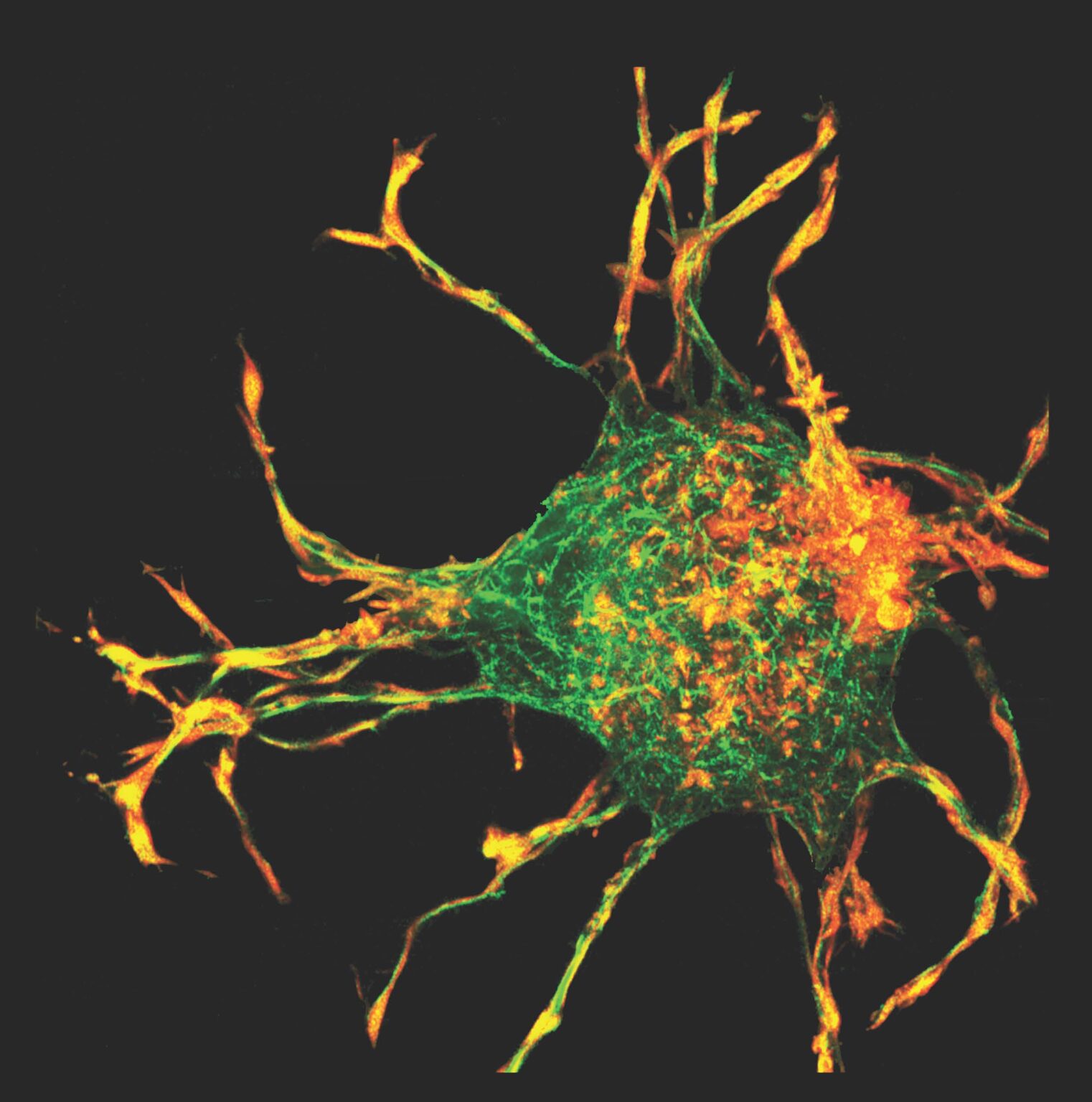
New insights into wound healing
Research from a multidisciplinary team led by Washington University may provide new insights into wound healing, scarring and how cancer spreads.
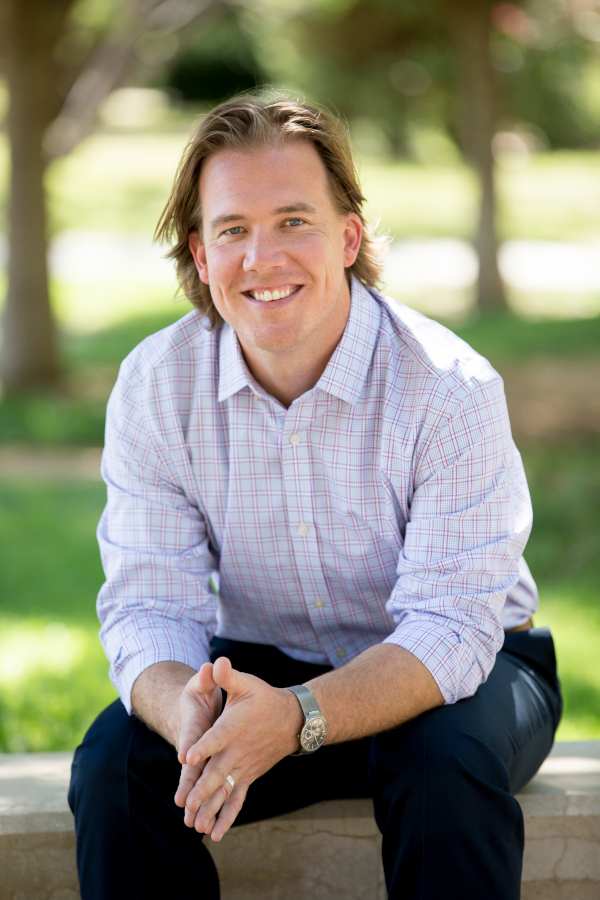
Researchers Say Genetics May Determine Wound Infection and Healing
In a first-of-its-kind study, researchers have determined that genetics may play a role in how wounds heal. Caleb Phillips, an assistant professor at Texas Tech University and director of the Phillips Laboratory in the Department of Biological Sciences, and doctoral student Craig Tipton led the study, “Patient genetics is linked to chronic wound microbiome composition and healing,” published Thursday (June 18) in the open-access, peer-reviewed medical journal PLOS Pathogens.
Researchers Find That Nicotinamide May Help Treat Fibrotic Eye Diseases and Mitigate Vision Loss
Nicotinamide can inhibit aggressive cell transformations during wound healing and may be key to the development of therapies to treat fibrotic eye diseases
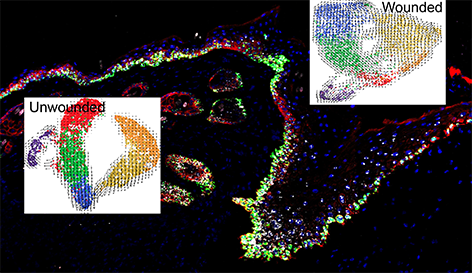
New UCI-led study reveals how skin cells prepare to heal wounds
A team of University of California, Irvine researchers have published the first comprehensive overview of the major changes that occur in mammalian skin cells as they prepare to heal wounds. Results from the study provide a blueprint for future investigation into pathological conditions associated with poor wound healing, such as in diabetic patients.
Researchers Identify a Protein That Is Critical for Wound Healing after a Central Nervous System Injury
after a Central Nervous System Injury
(New York – March 2, 2020) Plexin-B2, an axon guidance protein in the central nervous system (CNS), plays an important role in wound healing and neural repair following spinal cord injury (SCI), according to research conducted at the Icahn School of Medicine at Mount Sinai and published today in Nature Neuroscience.
UC Santa Cruz leads collaboration to speed wound healing with a novel smart bandage
Researchers will use a combination of approaches involving bioelectronic devices, machine learning, and regenerative medicine in an effort to achieve precise control over the physiological processes involved in wound healing.
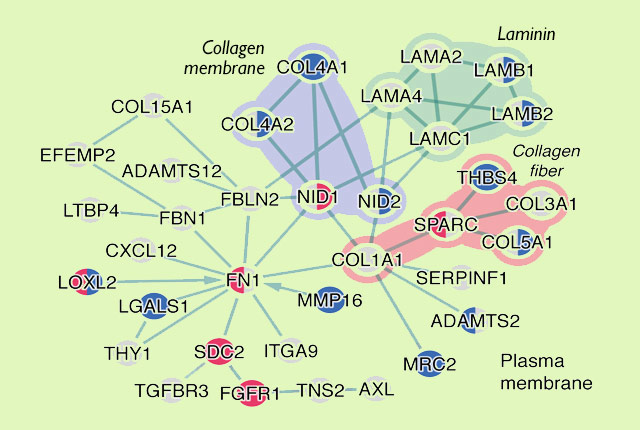
Wound healing in mucous tissues could ward off AIDS
Some primates can carry SIV, a virus resembling HIV, lifelong and yet not develop AIDS. They are able to repair SIV damage to intestinal mucous tissues and avoid escape of gut bacteria and other events leading to immune system exhaustion. The findings offer clues for new HIV treatments